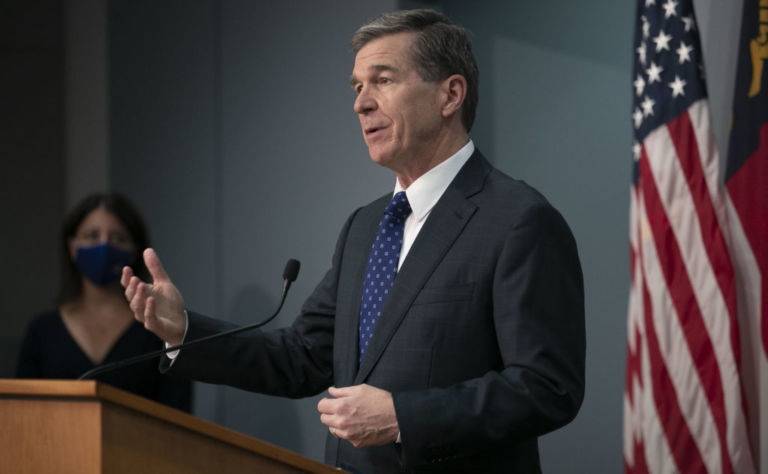Recently, members of the N.C. Senate sent a letter to Department of Health and Human Services (DHHS) Secretary Dr. Mandy Cohen asking her to provide more details about the modeling her group uses to advise Gov. Roy Cooper on restrictions meant to contain the Wuhan coronavirus. Specifically, the senators asked Dr. Cohen for modeling results for two different but very realistic scenarios of restrictions that could be imposed on North Carolinians that also would allow for more economic activity. Their request is important and should be easy for Dr. Cohen to deliver, although I would have asked for a bit more, including running the model for individual counties.
We are vaguely aware of “mathematical models” in our daily life. Models are probably most familiar to us in the context of predicting the weather and, in particular, hurricanes. Models take many forms, but they are generally meant to describe some phenomena, like hurricanes, so that they can try to predict how they will behave. If you could accurately model the stock market, you might be relaxing on your own island right now. Unfortunately, models of complex phenomena such as the stock market come with a good deal of uncertainty. Modelers employ various techniques to deal with, understand, and estimate that uncertainty.
First, models contain values that can be adjusted to make the model behave differently. These values are adjusted to make the model agree with historical behavior (some call this “tuning” a model) with the hopes of improving its predictive accuracy. Another technique is to compare different models. You may recall, when glued to The Weather Channel to learn the latest about an approaching storm, seeing a “spaghetti chart.” The chart shows multiple lines, resembling spaghetti, with each representing a different model’s prediction. Some of the lines represent different models entirely, but others may be different outputs from the same model using different or adjusted values. The value of the spaghetti chart is that it gives us an idea of the variability or uncertainty in the understanding of the phenomenon.
North Carolina and other states are currently evaluating models to determine the steps needed to respond to the coronavirus outbreak. You may have heard of some of the discussions surrounding the Washington University model or the Imperial College model. Dr. Cohen recently referred to a North Carolina-specific model, which is based on some existing models and some in-house changes by researchers in North Carolina. The group then used the model to run two widely different scenarios. One was based on the complete cessation of any restrictions, including social distancing, and the other assumed the complete continuation of all restrictions. These two scenarios would represent two lines in a spaghetti chart. State senators asked Dr. Cohen to run two more scenarios.
Specifically, the senators asked for a model run that assumed the most vulnerable would remain sheltered in place. This would include North Carolinians over 70 years old and those with pre-existing conditions. Sweden has used a similar approach successfully. The senators also asked for a model that would reflect measures Americans take every year during flu season. These two scenarios should be very easy to run because these models are computationally simple, i.e., they do not require days of processing on the latest supercomputer.
I would insist that they model the same four scenarios discussed above using models from other states. Moreover, I would also ask that the models be run for each North Carolina county, given that counties differ greatly in terms of population density, public transportation patterns, and other factors. This would be a more difficult task, but the senators even offered to provide modeling experts to assist DHHS officials. Together, the modeling outputs would provide a number of lines on a spaghetti chart allowing for some context as to the uncertainty of these approaches. In fact, each county would have such a collection of lines.
North Carolina’s economy will suffer the consequences of our response to this pandemic. State senators are right to seek additional information, which should be accessible, to help inform how much more economic damage the state should sustain. I hope Dr. Cohen allows for this important work to help guide Gov. Cooper.


